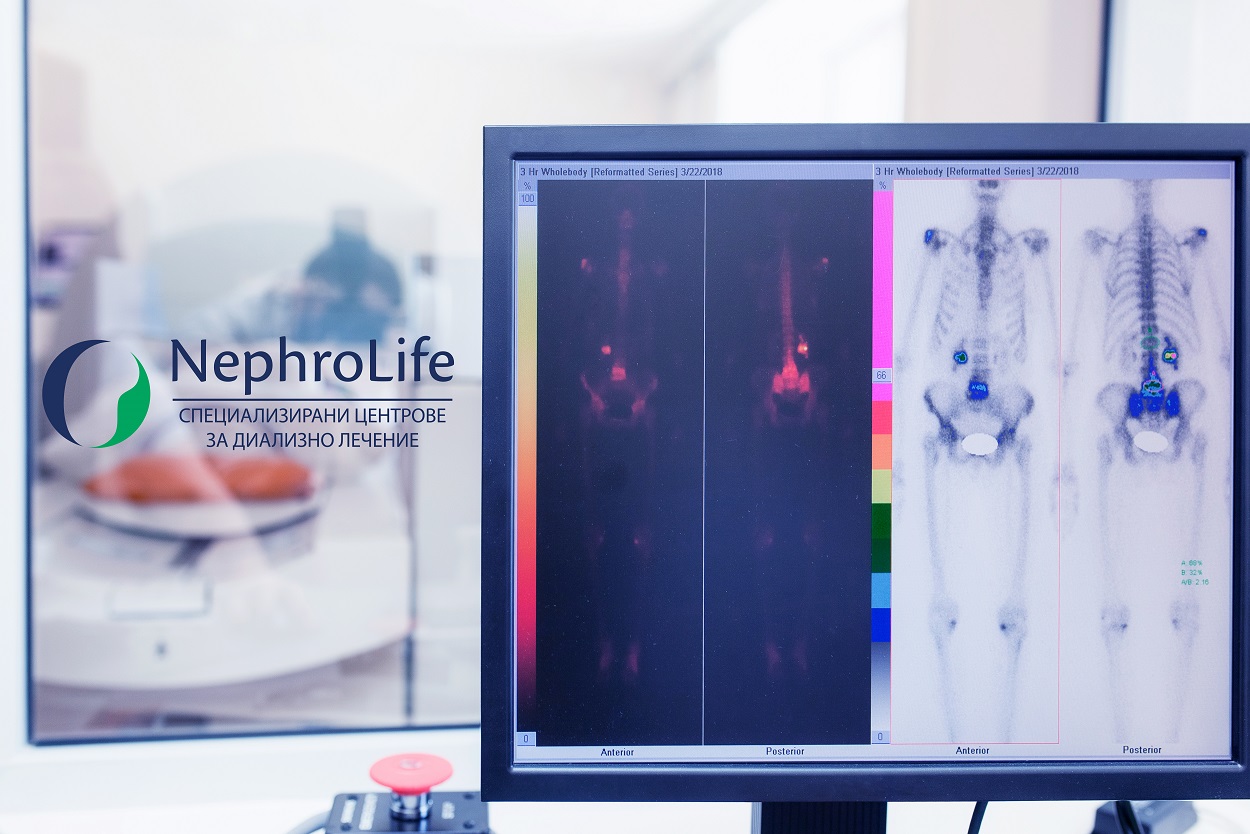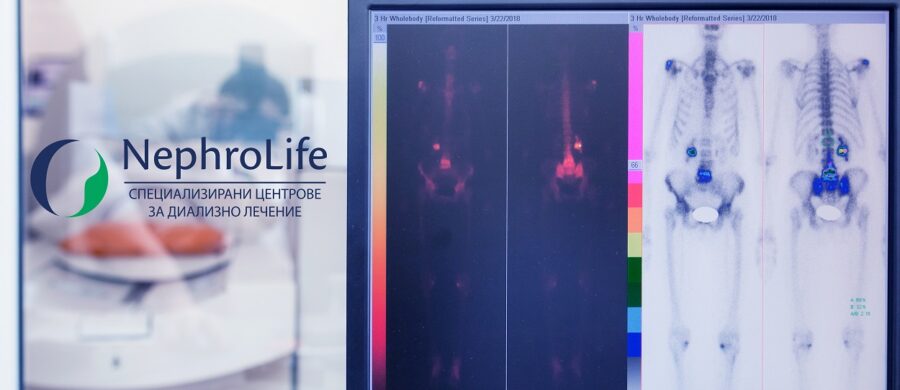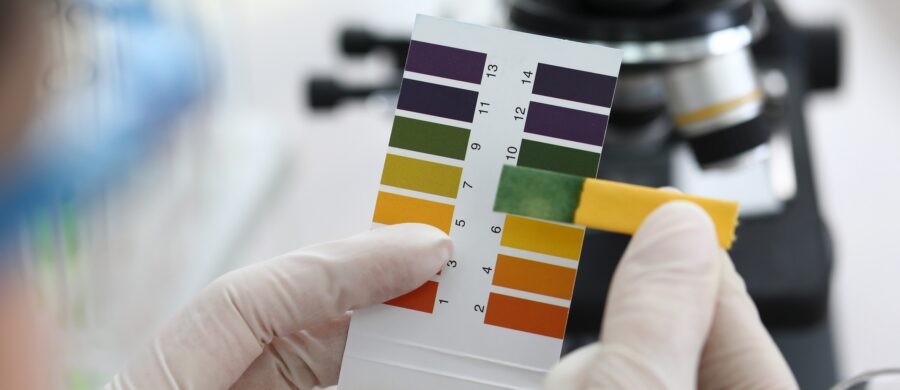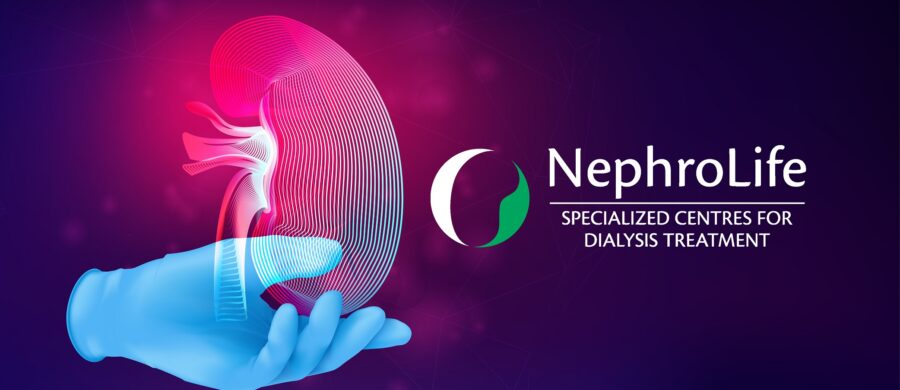The renal nuclear scan is a diagnostic test and can be performed in several different ways using a radioactive indicator. It is used to diagnose suspected kidney problems and to assess their function. It is an extremely effective diagnostic tool because, in addition to showing their anatomy, it reveals how well they are functioning at the moment.
Radioisotope research is done by introducing a small amount of radioactive isotope into the body and monitoring its entry, accumulation and excretion by the kidneys. During the scan, the corresponding indicator is injected into a vein and monitored to and through the kidneys with special detectors. The process is monitored on a computer screen. The resulting images show the delivery of fluid to the kidneys through the bloodstream and the ability to excrete fluid from the kidneys through the ureters and bladder. The ability to analyze kidney function allows doctors to diagnose specific kidney diseases and problems much more accurately than with the possible standard imaging tests.
Reasons for conducting the test
– to assess renal function
– to see abnormalities in the size, shape and structure of the kidneys
– renal artery stenosis
– to monitor renal function after transplantation
– detect damage or obstruction in the ureters
– for diagnosis and evaluation of tumors, cysts or abscesses in the kidneys.
Scanning the kidneys is generally painless, but it is possible to experience mild discomfort. The patient can return to his daily activities immediately after the procedure. Redness and soreness at the injection site are possible side effects. Although radiation exposure is minimal, you should tell your doctor if you are pregnant or breast-feeding before undergoing the procedure.











